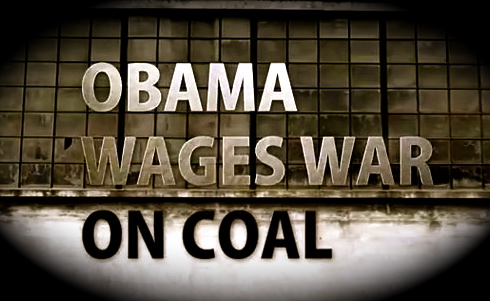Should $9.6 Billion in Annual Costs Have Been Part of Initial Evaluation?
The Supreme Court appeared deeply divided on Wednesday over whether the Environmental Protection Agency erred when it adopted first-ever regulations requiring power plants to cut emissions of mercury and other toxic air pollutants.
The regulations carry a sizable price tag, $9.6 billion in annual costs, according to EPA estimates. But the agency said it was appropriate to consider only public health risks—not industry costs—when it decided to regulate coal- and oil-fired generation plants. And that was the rub during 90 minutes of oral argument.
The court was considering a section of the Clean Air Act that said the EPA “shall” regulate utilities’ emissions of the hazardous air pollutants if it found that such regulation “is appropriate and necessary.” The agency said it took costs into account later when it determined exactly how to set emissions standards.
Members of the Supreme Court’s conservative majority repeatedly questioned the government’s position, while liberal justices largely voiced support for EPA’s approach.
Conservative Justice Antonin Scalia said it was a “classic” violation “for an agency to command something that is outrageously expensive and in which the expense vastly exceeds whatever public benefit can be achieved.”
Liberal Justice Ruth Bader Ginsburg said Congress instructed the EPA to use its expertise to decide if regulation was appropriate. “Is there any case in all of our decisions where we have said even though there was no instruction to consider costs, EPA is required to consider costs?” she asked.Read the rest of the story HERE and view a related video below:
If you like what you see, please "Like" us on Facebook either here or here. Please follow us on Twitter here.






No comments:
Post a Comment